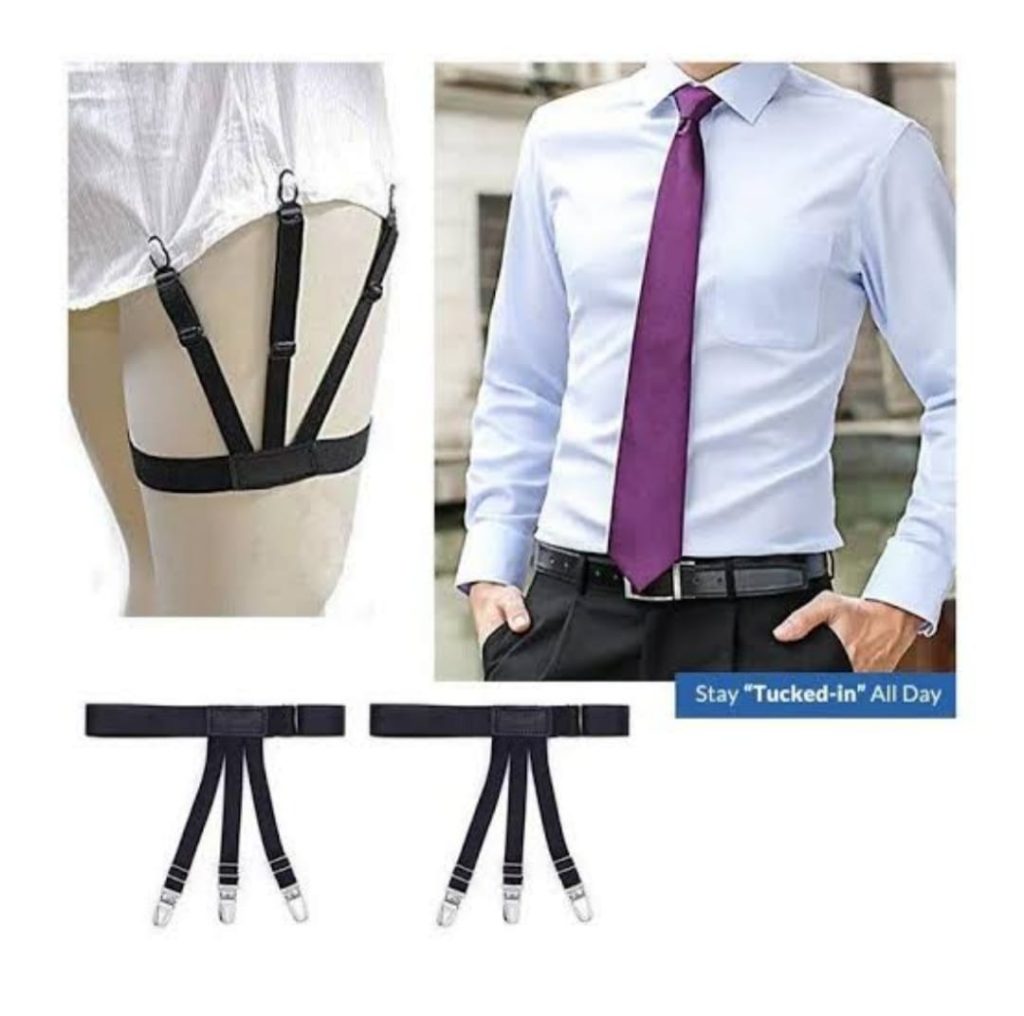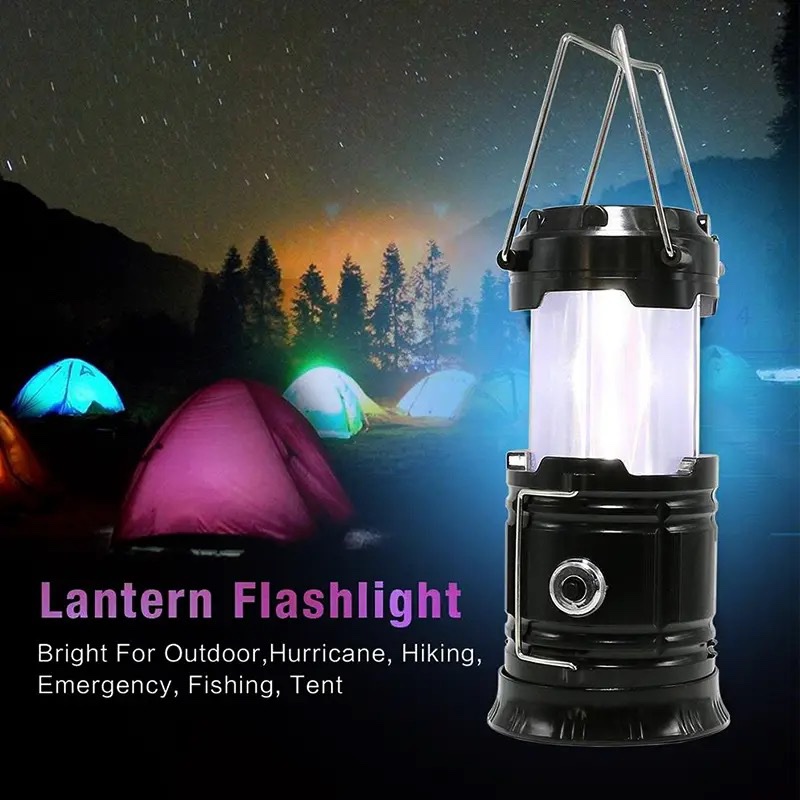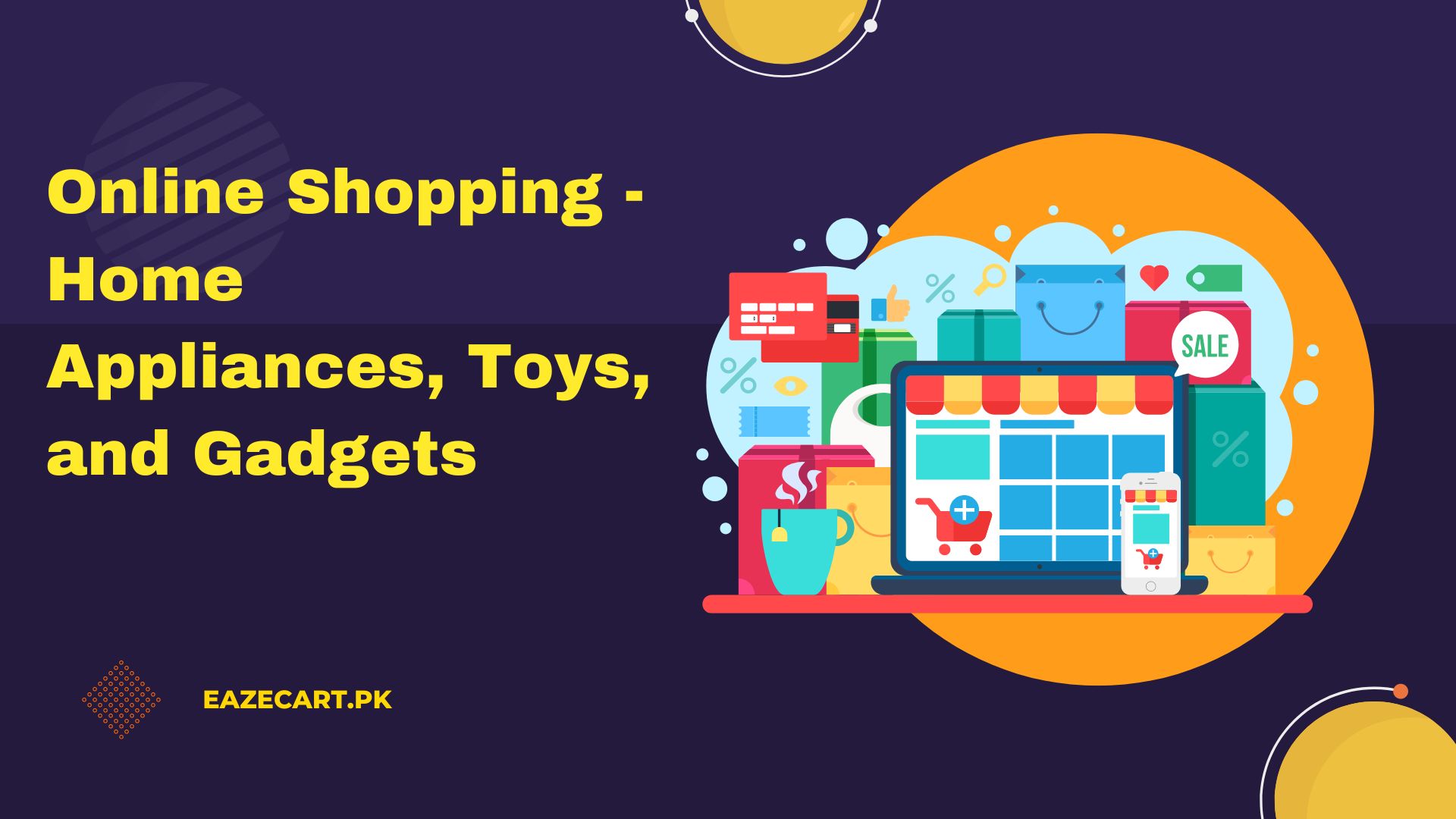The internet has revolutionized the way we shop, and Pakistan is no exception. With the advent of online shopping, consumers in Pakistan can now enjoy a hassle-free shopping experience, and businesses can reach out to a wider audience.
In this article, we will explore the evolution of online shopping in Pakistan, from its early days to its current status as a booming industry.
Introduction
Online shopping refers to the process of buying goods or services from an online store or e-commerce website. Online shopping has gained popularity worldwide due to its convenience, time-saving benefits, and availability of a wider range of products.
Pakistan is no exception, and online shopping has become a popular trend in the country, especially among the younger generation.
The Early Days of Online Shopping in Pakistan:
The concept of online shopping was introduced in Pakistan in the early 2000s. At that time, there were only a few e-commerce websites in the country, and people were not very familiar with the concept. However, as internet penetration increased, more people started using e-commerce websites for shopping.
Initially, the major players in the Pakistani e-commerce industry were international e-commerce giants such as Amazon and eBay, who provided services to Pakistani consumers.
However, due to high shipping costs and the unavailability of cash-on-delivery (COD) services, these websites failed to capture a significant market share in the country.
The Emergence of Local E-commerce Websites
The early 2010s witnessed the emergence of local e-commerce websites in Pakistan. These websites catered to the needs of local consumers by offering COD services, which made online shopping more convenient and accessible for people who did not have access to credit cards.
One of the major players in the local e-commerce industry was Daraz.pk, which was founded in 2012. The website started as an online fashion store but expanded to include other categories such as electronics, home appliances, and groceries.
Daraz.pk’s success inspired other local entrepreneurs to enter the e-commerce industry, and soon, other e-commerce websites such as Homeshopping.pk, Telemart.pk, and Yayvo.com emerged.
The Rise of Mobile Commerce
With the advent of smartphones and the increasing availability of affordable mobile data packages, mobile commerce (m-commerce) has become a significant trend in the Pakistani e-commerce industry.
In 2016, Daraz.pk launched its mobile app, which became an instant hit among Pakistani consumers. Today, most e-commerce websites in Pakistan offer mobile apps that provide users with a seamless shopping experience.
The Impact of Covid-19 on Online Shopping
The outbreak of Covid-19 in Pakistan in 2020 led to a significant increase in online shopping. Due to lockdowns and restrictions on movement, people had to rely on online shopping to fulfill their basic needs.
This led to a surge in demand for e-commerce websites, and many businesses that had previously not offered online shopping services had to adapt quickly.
The Future of Online Shopping in Pakistan
The e-commerce industry in Pakistan is expected to continue its growth trajectory in the coming years.
In addition to the positive impact of e-commerce on consumers and businesses, the e-commerce industry has also created new job opportunities in Pakistan.
Furthermore, the e-commerce industry has also provided opportunities for small businesses and entrepreneurs to sell their products online, without the need for a physical store. This has given rise to the concept of “home-based businesses,” where individuals can start their businesses from the comfort of their homes and sell their products on e-commerce websites.
However, there are still challenges that need to be addressed for the e-commerce industry to reach its full potential in Pakistan.
One of the major challenges is the lack of trust in online payments, especially among consumers who are not familiar with online shopping. This has led to a high percentage of cash-on-delivery orders, which can be expensive for e-commerce businesses to process.
Another challenge is the logistics infrastructure in the country. Pakistan has a vast geography, and delivering products to remote areas can be challenging and expensive.
Additionally, the lack of proper addressing systems and street names makes it difficult for delivery companies to locate customers’ addresses.
Consumers can expect to enjoy a wider range of products and services, while businesses can expand their reach and grow their revenues.
In recent years, the rise of social media platforms has also had a significant impact on the e-commerce industry in Pakistan. Social media platforms such as Facebook, Instagram, and WhatsApp have become popular channels for businesses to promote their products and reach out to customers.
With the increasing popularity of social media, businesses can create their pages on these platforms and promote their products through posts and ads. Social media also allows businesses to engage with their customers and receive feedback, which can help them improve their products and services.
In addition, social media has given rise to the concept of “social commerce,” where customers can make purchases directly from social media platforms without the need to visit e-commerce websites.
This has made the shopping experience even more convenient for customers, who can browse and purchase products without leaving their social media feeds.
Technologies can help businesses personalize their marketing campaigns, recommend products based on customer preferences, and optimize their supply chain and logistics operations.
With the increasing adoption of online shopping, businesses can expect to reach out to a wider audience and grow their revenues, while consumers can enjoy a more convenient and hassle-free shopping experience.
Conclusion
The evolution of online shopping in Pakistan has been a remarkable journey. From its early days as a relatively unknown concept to its current status as a booming industry, the e-commerce sector has come a long way.
The emergence of local e-commerce websites, the rise of e-commerce, and the impact of the Covid-19 pandemic have all contributed to the industry’s growth.
With the government’s support and the increasing number of internet users in the country, the future of online shopping in Pakistan looks bright.
As the e-commerce industry continues to evolve, consumers can expect to enjoy a more convenient and hassle-free shopping experience, while businesses can reach out to a wider audience and grow their businesses.




















































